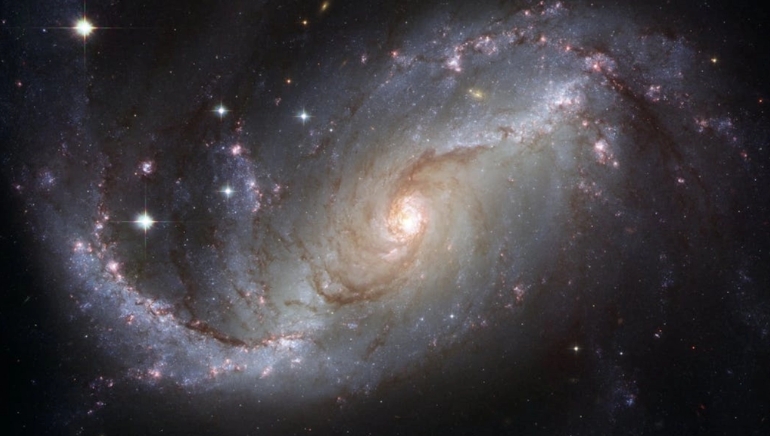Context:
Indian radio astronomers have recently reportedly discovered 34 new giant radio sources (GRSs) using the Giant meterwave radio telescope (GMRT).
Key Highlights:
- The discovery has been published in the Astrophysical Journal Supplement Series (ApJS) of the American Astronomical Society.
- From 2010 to 2012, a survey was performed using the GMRT to map the radio sky at 150 MHz, known as the TIFR GMRT Sky Survey (TGSS) covering about 90% of the sky.
- The team of astronomers used the TIFR GMRT Sky Survey (TGSS) for their research due to its low frequencies and the sensitivity of the GMRT.
- Rsearchers also found a couple of sources that defy the convention that giant radio sources occur in low-density environments.
- They also found many of them at somewhat larger distances compared to what was known 10 years ago.
- Hence the current work shows that there are many more giant sources in the sky and also at farther distances
- Two of the GRGs (J0843+0513 and J1138+4540) challenge the common understanding that GRGs grow in low-density environments
GMRT:
- It is located near Khodad village, north of Pune, the telescope was built and operated by the National Centre for Radio Astrophysics (NCRA) of the Tata Institute of Fundamental Research (TIFR).
Giant radio sources
- They are likely to be the largest single structures in the universe, with end-to-end extents of millions of light years.
- At the core of GRSs is a supermassive black hole, ranging from ten million to one billion times the mass of the Sun.
- This black hole acts as a central engine, and generates a powerful electromagnetic force that expels the material outward.
- Astronomers believe that GRSs represent the final stage of radio galaxy evolution due to their enormous sizes.
Significance of the discovery:
- This is an important work to study the formation and evolution of radio galaxies because giant radio galaxies are supposed to be in the late stage of galaxy evolution which is still to be studied.
- Studying these giant radio galaxies helps scientists understand the relationship between black hole activity and the evolution of radio galaxies including how supermassive black holes affect their host galaxies

